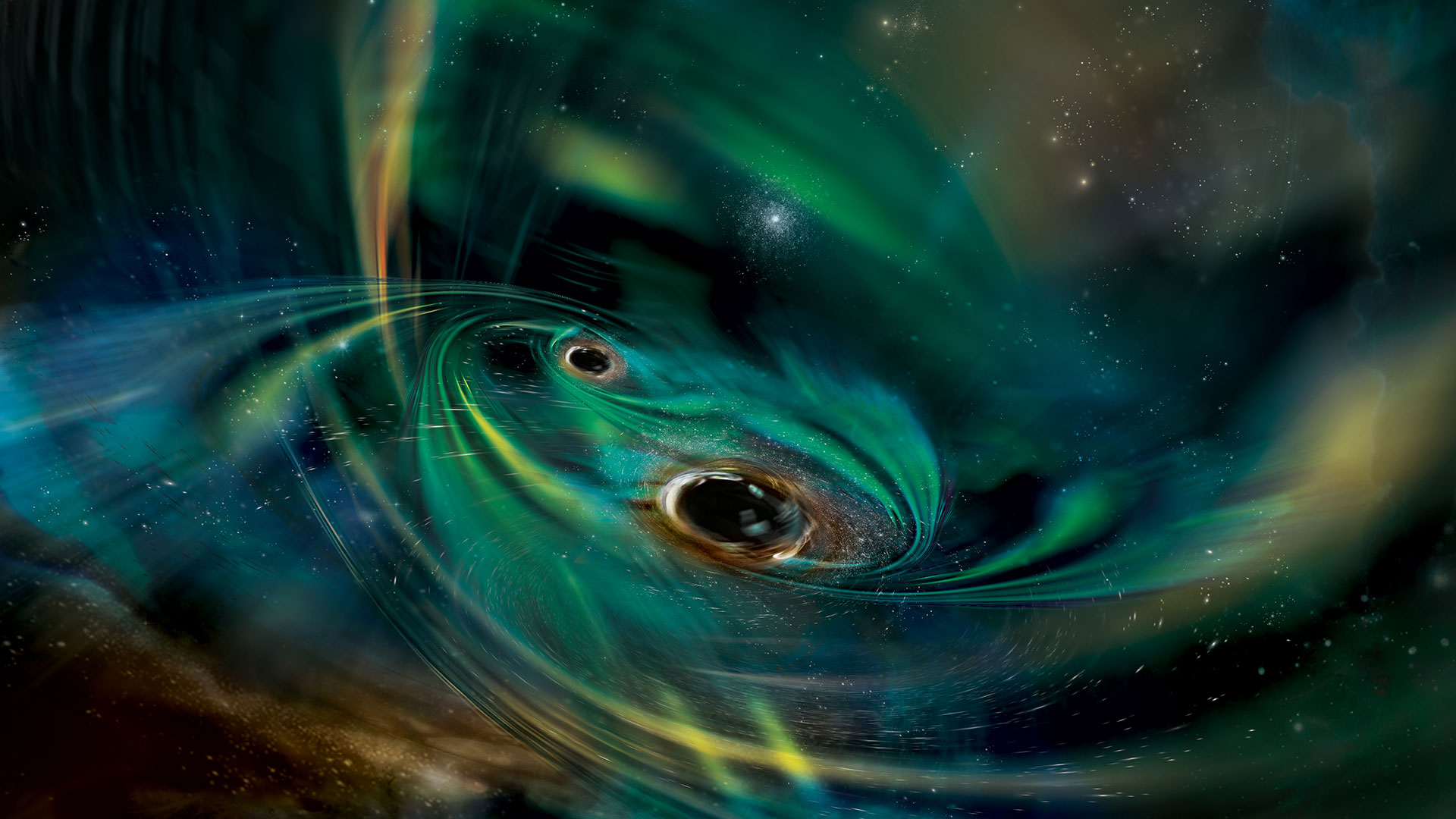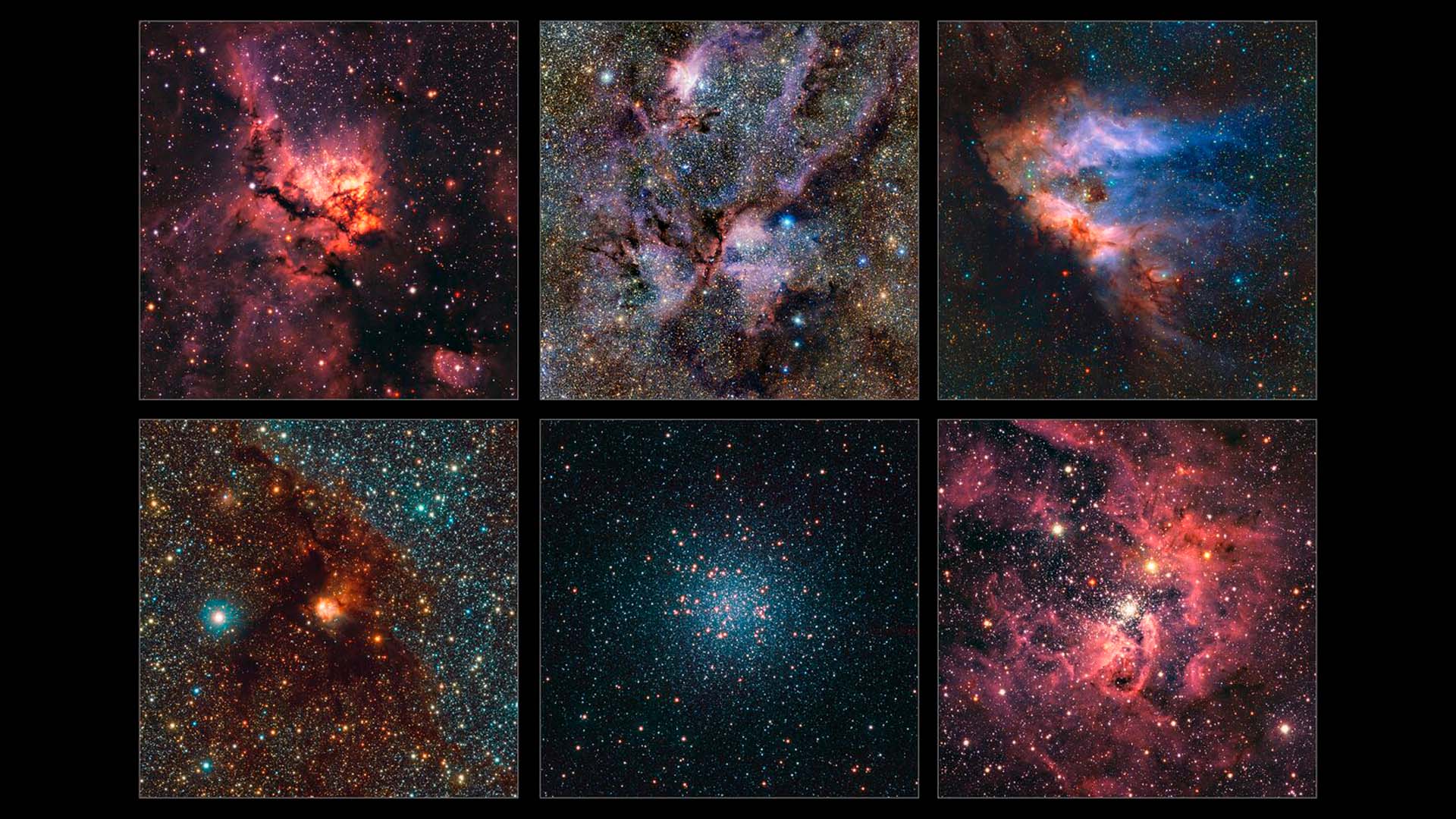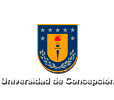
MAS-IA UC Astronomers Márcio Catelán amd Cristóbal Petrovich are part of the outstanding ranking made up by the Standford data expert, John P.A. Loannidis, which study the influence of scientific papers of researchers from all over the globe in their study fields respectively.
“Updated science-wide author databases of standardized citation indicators," ,” is the name of this outstanding global classification update, published by Elsevier Journal, and includes data from the references list base of Scopusfrom 1996 to 2021. The list has almost 200,000 renowned researchers. Among them are MAS astronomers Márcio Catelan and Cristóbal Petrovich, both professors at the Institute of Astrophysics UC.
On one side, Catelan has a long data story with this ranking since it’s the fifth year he shows up as one of the most relevant scientists. “It means that the research we’ve been doing is still recognized as a high-status research internationally. No doubt this a great satisfaction to me to still be included in this ranking,” says the MAS associate researcher.
He remembers that he wrote one of his most cited works when he was a NASA postdoctoral researcher. “In that time, I had the insight that a certain characteristic detected in horizontal branch stars from a couple of globular clusters in the Milky Way should be, in fact, present in “every” globular cluster with stars hot enough at approximately the same temperature. I explained my hypothesis to my Danish friend and colleague Frank Grundahl, who checked and confirmed my hypothesis,” he states. Currently, his main research line is stellar astrophysics, though he also participates in studies about the structure, formation and evolution of the Milky Way and its satellite galaxies, as pulsating variable stars.
Researchers Highlighted in 2021
One of the novelties of this ranking updating is that also includes the classification of the work that researcher done only in 2021, not during their entire career. Thanks to that, new generations were highlighted, as is the case of MAS young researcher, Cristóbal Petrovich. “It allows that scientists with emerging careers, like mine, could be highlighted due to our high impact,” he states.
The astronomer says he was recognized due to his work in the field of planetary formation. “Specifically, my theorical models that seek to understand the origin of the so-called hot Jupiter and other still unknown population of exoplanets. Being renowned alongside colleagues I admire is a big fill me with pride. And the challenge, looking toward the future, is keep doing a globally high-impact work, especially with my younger colleagues and students that work in my team.”
This ranking though has the virtue of considering other factors besides the amount of cites a paper has,that according to the author of the study is a metric that “is used wrong and a lot.” Also, this classification considers indicators like the number of articles, received citations (with/without self-citations), H index, cites in terms of different authorship positions (single author, first author or last author), as well as a mixed indicator that combines all of these parameters. Likewise, it classifies scientists into 22 fields and 174 subfields of research.
The entire study can be found in the following link
Felipe Gran is one of the awarded researchers, which distinction he receives from Nice, France, where he earned a postdoctoral position at Observatoire de la Cote d'Azur. "I think this award is significative since is rewarding the curiosity as the motive of this thesis. Besides, it projects my new challenges like analyzing these new clusters and keep up with my work as a postdoc here in Nice," he says.












